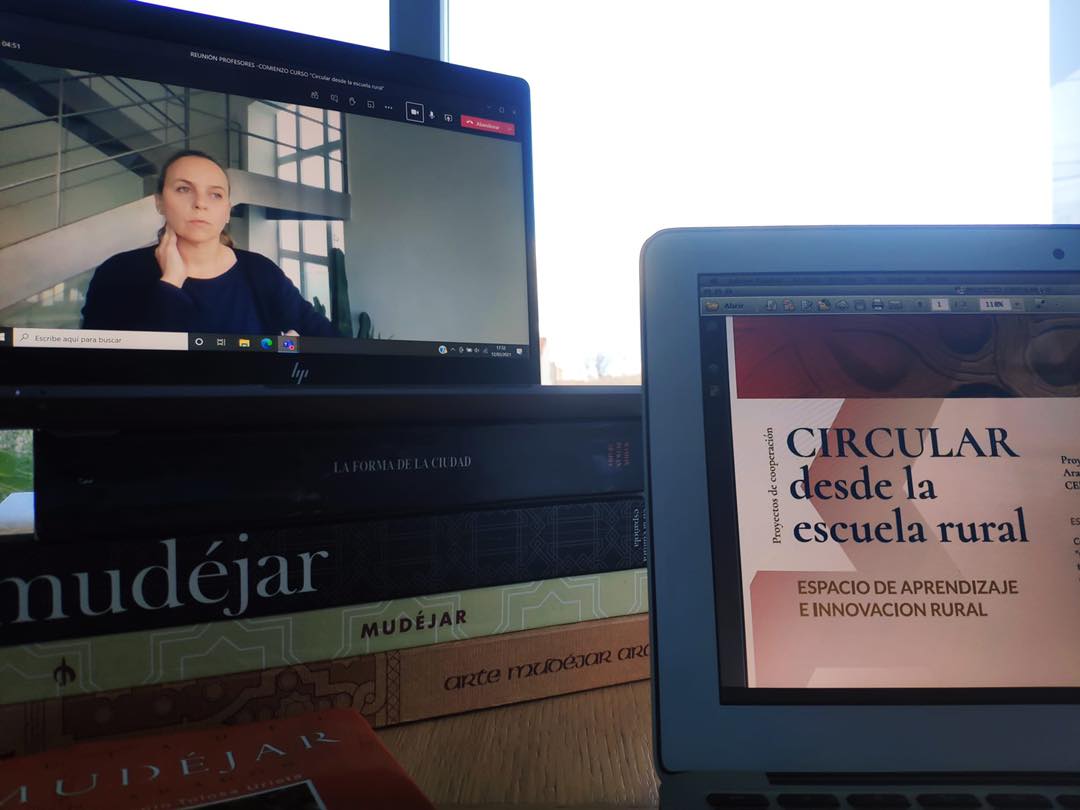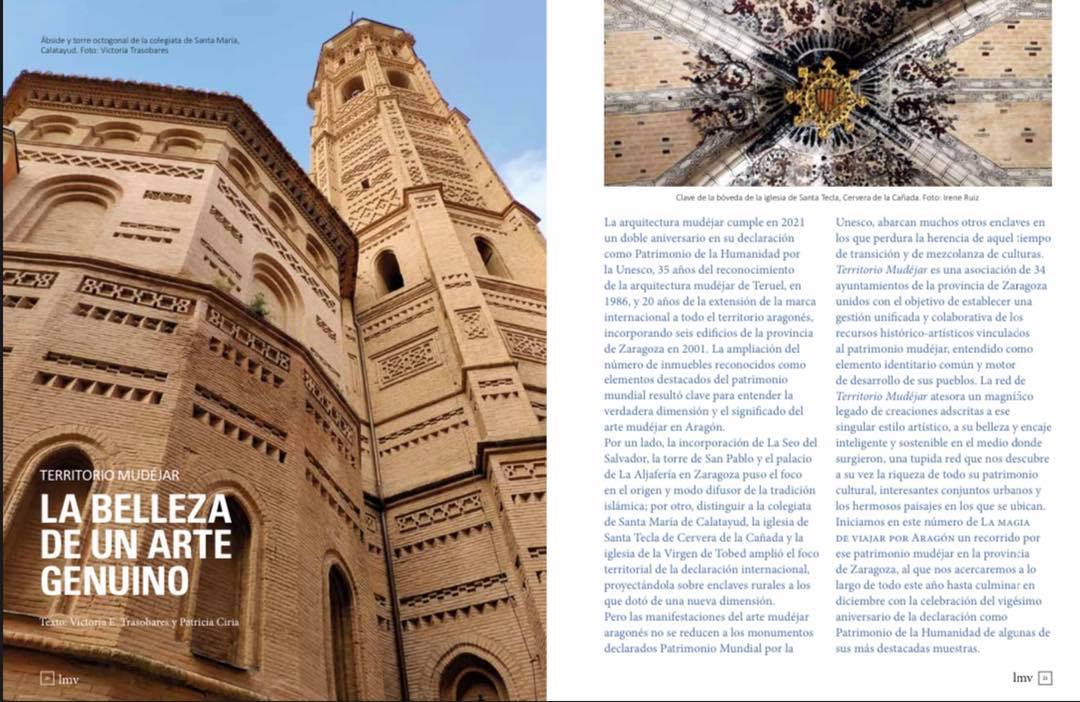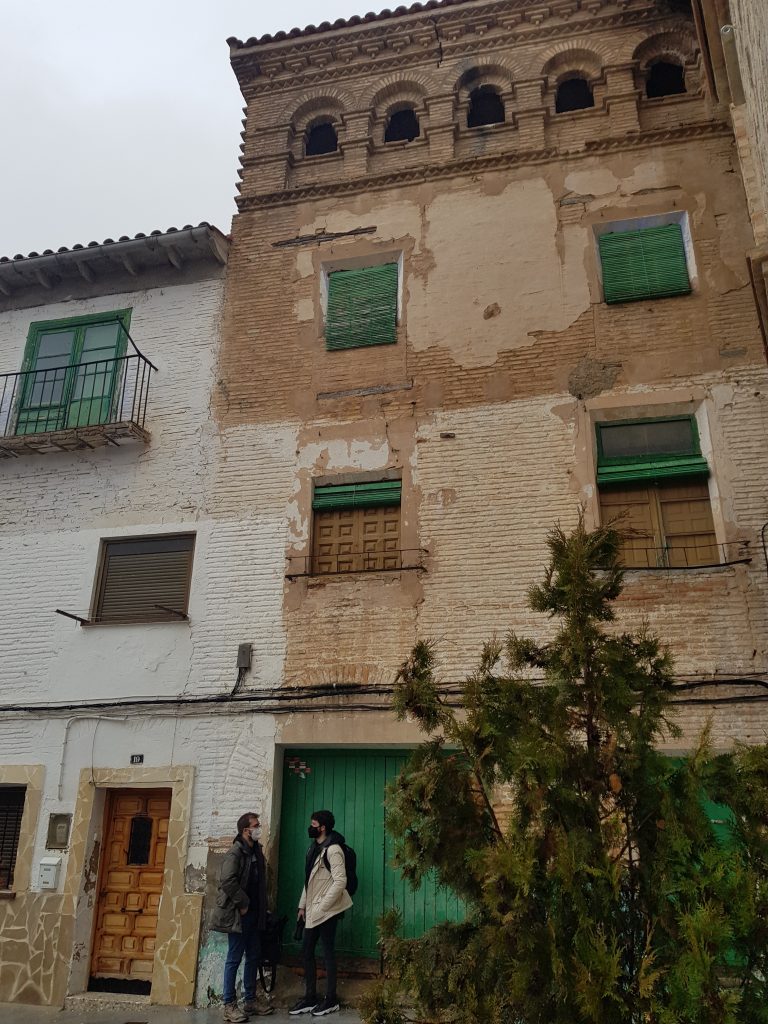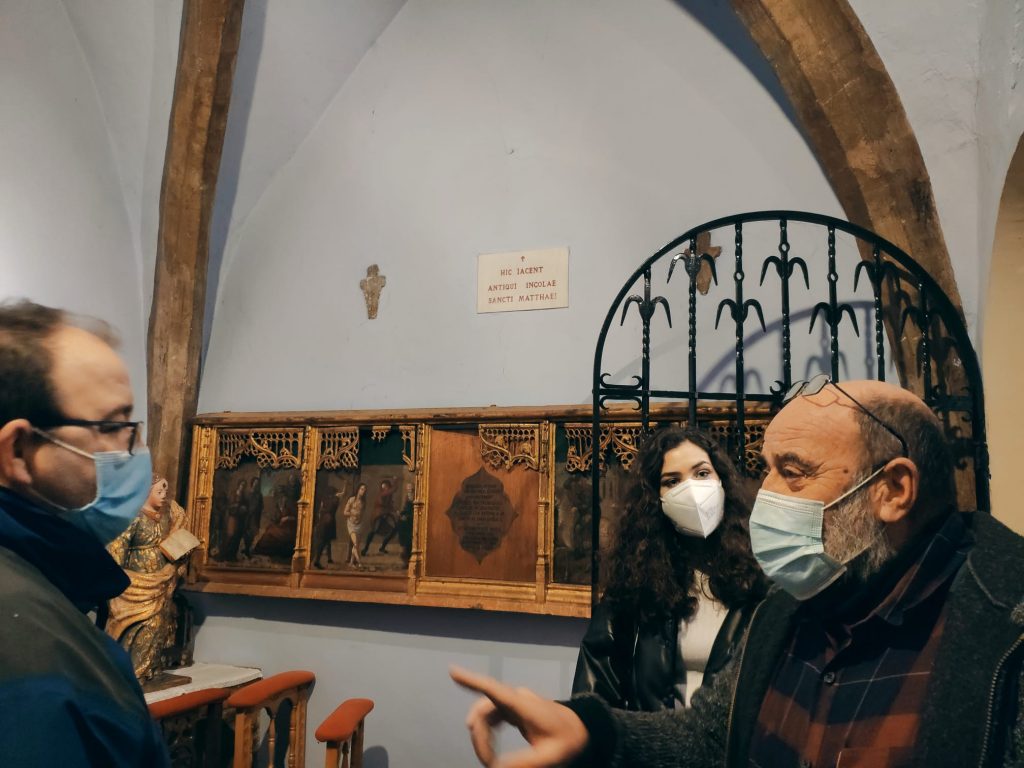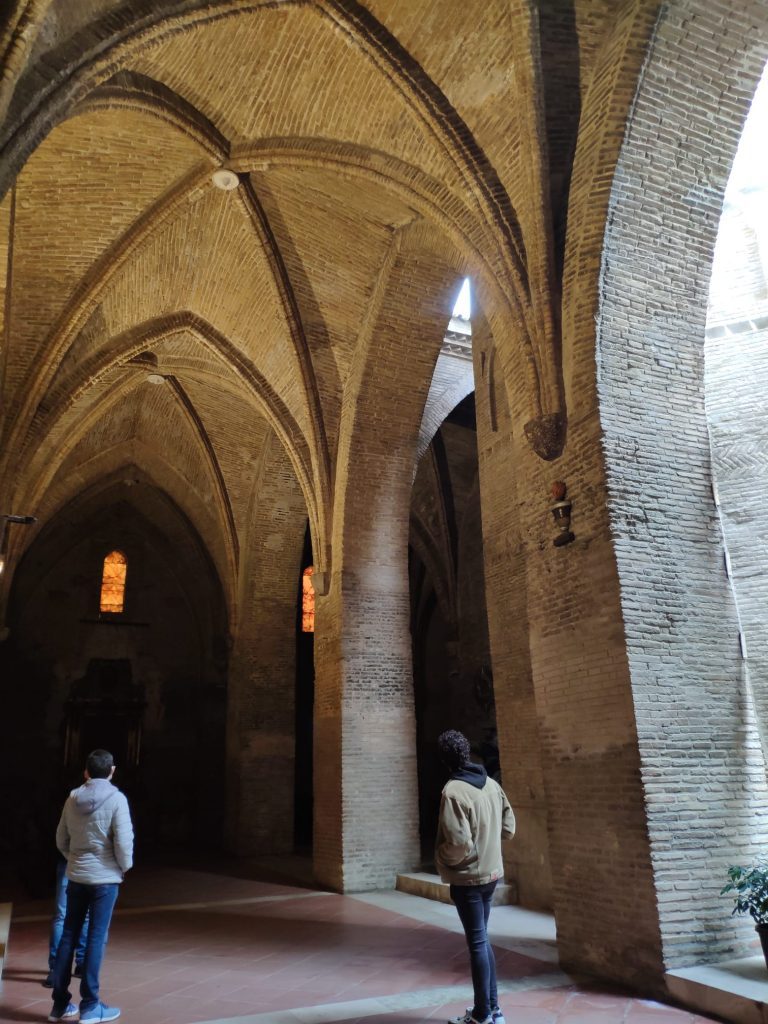Nearly 50 teachers participate in the course “Rural school in motion” (Circular desde la escuela rural) to promote Mudejar identity and rural rootedness. Most of those enrolled are active teachers in rural schools in some 20 towns.
This is the first training action of a cooperation project between rural development groups coordinated by the ADRI Calatayud-Aranda; CEDEMAR Ribera Baja del Ebro and Bajo Aragón-Caspe; ADEFO Cinco Villas; ASOMO Moncayo; ADRAE Ribera Alta del Ebro; FEDIVALCA Valdejalón and Campo de Cariñena; and ADRI Jiloca-Gallocanta, with the participation of Territorio Mudéjar as a collaborating private entity responsible for the implementation of the project.
The project, which lasts 18 months, is financed by the Leader programme of the Government of Aragon and the Council of Zaragoza through the association Territorio Mudéjar.
The first session of this course – which links education, heritage and innovation – was held on 15 February and will continue on 22 February and 1, 8 and 15 March. In these sessions, participants will learn how to take the first steps in the development of educational materials around the Mudejar identity of the villages, placing the rural schools and the educational community of the villages at the centre of the project.
The initiative has received a good response from the public and includes teachers from towns of Territorio Mudéjar such as Quinto (CEIP Fernando el Católico) Calatayud (CEIP Salvador Minguijón), Ateca (CEIP Virgen de la Peana), Villarreal de Huerva and Romanos (CRA Fernando el Católico), Mainar (CEIP Santa Ana), Ricla (CRA Maestro Monreal); Aniñón, Cervera de la Cañada and Torralba de Ribota (CRA Río Ribota), Magallón (CRA La Huecha), San Mateo de Gállego (CEIP Galo Ponte), Alagón, Tobed and Mesones de Isuela (CRA Vicort Isuela). It has also been very well received throughout Aragon with teachers from the schools of Utrillas, Escucha, Híjar, Zaidín, Villarroya de la Sierra and Zaragoza. People linked to education who are interested in the project have also signed up.
At a global level, this initiative has a triple purpose: to work on the introduction of the Mudejar heritage identity in the work programmes of schools beyond the artistic or complementary areas; to involve the educational community in the valuation of the Mudejar heritage as part of their personal history, which favours the knowledge, conservation and dissemination of the identity of the towns; and to use the work carried out in schools as material for dissemination and tourist use on the Mudejar heritage of the villages for family and children audiences.
The starting point for this course is the working methodology and the results of the pilot project that was carried out in the CRA Vicort Isuela during the 2018-2019 academic year and which is the starting point for the implementation of the project in the schools of the villages of Territorio Mudéjar.
The course will be taught by Laura Castejón and Víctor Gumiel, teachers who carried out the design and testing of the pilot project, and Victoria E. Trasobares, director of Territorio Mudéjar who has extensive experience in the management and implementation of Mudéjar heritage management projects in rural areas.
More information about the .
